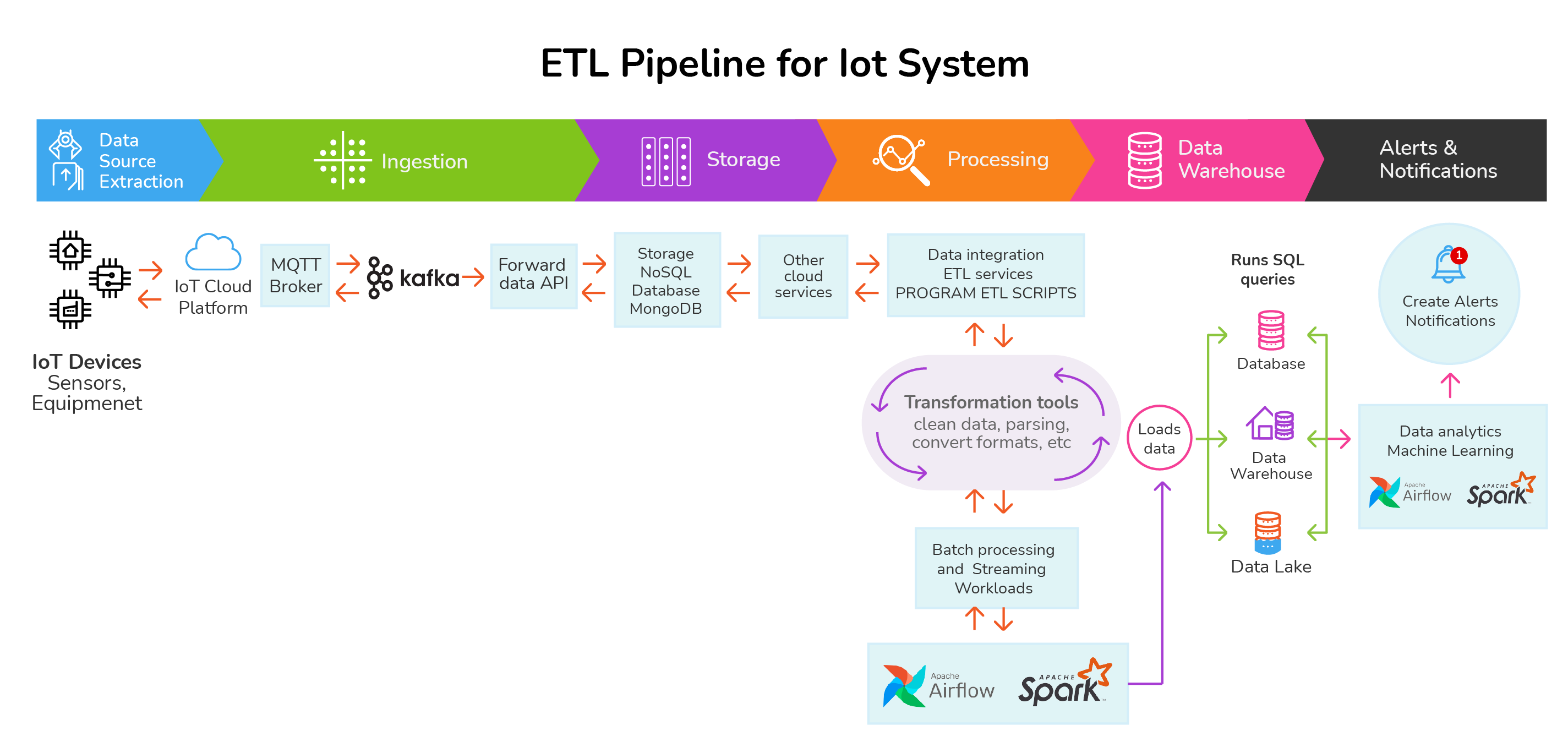

Branch deployments are amazing for integration testing - I'm not aware of anything even close for Airflow” - Zachary Romer, Data Infrastructure Engineer at Empirico Tx Running pipelines in different environmentsĭata pipelines written for Airflow are typically bound to a particular environment. With smart use of the resources concept you can have end-to-end test coverage of your pipelines without having to deploy to a test server. This in turn, enables proper unit testing, both locally and in CI/CD. “Local dev environment is an incredible boon for productivity. We'll explore how this works in the next couple sections. With Airflow, it’s difficult and frustrating to do any of these. If you can run it in a unit test, you can write a suite that expresses your expectations about how it works and continually defends against future breakages. If you can run it on your laptop, you can iterate on it quickly. If you can run your data pipeline before merging it to production, you can catch problems before they break production.

Your choice of orchestrator has a huge impact on how fast you can develop your data pipelines and how much of your time you spend fixing them. While you're here, we’d love for you to join Dagster’s community by starring it on GitHub and joining our Slack. We’ll also discuss Dagster’s Airflow integration, which allows you to build pipelines in Dagster even when you’re already using Airflow heavily. In this post, we’ll dig into each of these areas in greater detail, as well as differences in data-passing, event-driven execution, and backfills. Airflow makes it awkward to isolate dependencies and provision infrastructure.
#Airflow etl directory code
It’s built to facilitate local development of data pipelines, unit testing, CI, code review, staging environments, and debugging. Dagster is designed to make data practitioners more productive.Airflow comparison guide.Īt a high-level, Dagster and Airflow are different in three main ways: If you are looking for a pocket-version of a comparison, check out our Dagster vs. We believed that the right tools could make data practitioners 10x more productive.ĭagster and Airflow are conceptually very different, but they’re frequently used for similar purposes, so we’re often asked to provide a comparative analysis. We observed that there was a dramatic mismatch between the complexity of the job and the tools that existed to support it. We built Dagster to help data practitioners build, test, and run data pipelines. Airflow's fundamental architecture, abstractions, and assumptions make it a poor fit for the job of data orchestration and today’s modern data stack. These aren't issues that can be fixed with a few new features. They face an abrasive development workflow that drags down their velocity.They confront lose-lose choices when dealing with environments and dependency management.They struggle to understand whether data is up-to-date and to distinguish trustworthy, maintained data from one-off artifacts that went stale months ago.They constantly catch errors in production and find that deploying changes to data feels dangerous and irreversible.It executes pipelines in production, but makes it hard to work with them in local development, unit tests, CI, code review, and debugging.ĭata teams who use Airflow, including the teams we’ve previously worked on, face a set of struggles: It schedules tasks, but doesn’t understand that tasks are built to produce and maintain data assets.
#Airflow etl directory software
Airflow’s design, a product of an era when software engineering principles hadn’t yet permeated the world of data, misses out on the bigger picture of what modern data teams are trying to accomplish. Airflow dutifully executes tasks in the right order, but does a poor job of supporting the broader activity of building and running data pipelines. 2023), Sandy Ryza provides a detailed comparison of Airflow and Dagster.ĭata practitioners use orchestrators to build and run data pipelines: graphs of computations that consume and produce data assets, such as tables, files, and machine learning models.Īpache Airflow, which gained popularity as the first Python-based orchestrator to have a web interface, has become the most commonly used tool for executing data pipelines.īut first is not always best.
#Airflow etl directory update
In an update to this article's content (Feb.


 0 kommentar(er)
0 kommentar(er)
